If 2019 was the year that woke the world up to climate change, 2020 was the year it was pushed once again to the back of the queue.
The pandemic changed everything. As cars gathered dust on driveways and planes parked up on runways, emissions fell dramatically – to the lowest levels in 100 years in the UK.
But with hygiene placed front and centre, it felt like we were being pushed back to square one with plastic pollution amid a swell of disposable masks and single-use gloves. While a drop in carbon emissions might have felt like a win, scientists were very clear.
This blip would not save us, as a planet, from the impacts of catastrophic damage to the environment.
Understandably, a global health crisis as devastating as Covid-19 has dominated the world’s attention in 2020. But extreme weather events, worsened by climate change, don’t just stop because they’ve dropped off of the front pages.
The reality is that for millions of people, this year has meant living through multiple crisis – Covid and out-of-control wildfires, raging tropical storms, suffocating heat or rising flood waters.
Chloe Brimicombe, a PHD researcher specialising in extreme heat at the University of Reading, told HuffPost UK: “It’s been really busy but that hasn’t been reflected in the media because of Covid, which is completely understandable because that’s affected everybody.
“Coronavirus certainly meant that a lot of things you’d usually see in the papers or on TV weren’t as prevalent.”
So, while many of us were looking the other way, here are some of the major climate records we missed in 2020.
Heat
It’s still too soon to definitively determine where 2020 lies on the scale of record-breaking years for global temperature, but as of the end of November 2020, this year stands neck-and-neck with 2016 as the hottest year on record with temperatures just a fraction of a degree lower.
Where 2020 will likely rank depends on who you ask. NASA’s Goddard Institute for Space Studies has given the year a 90% chance of becoming the hottest on record, while the US’ National Oceanic and Atmospheric Administration (NOAA) – with records reaching back 141 years – gives it a 54% chance.
The World Meteorological Association have said that 2020 will at least be within the top three warmest years of all time, with 2011 to 2020 being the hottest decade ever.
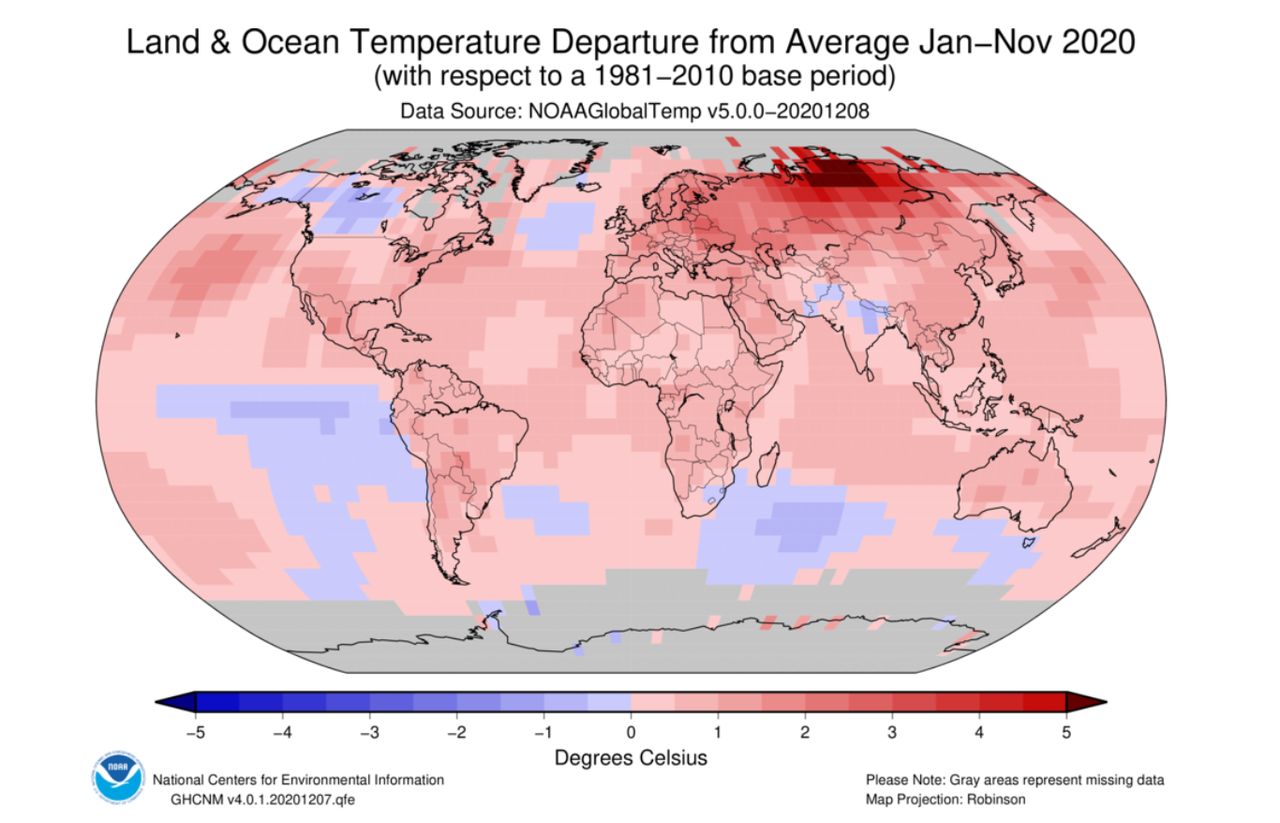
What we do know for sure is that it has been the hottest year on record without an El Niño event, a huge ocean-atmosphere climate interaction which results in warming in sea surface temperatures across swathes of the Pacific Ocean.
There was an El Niño event in 2019, while its opposite – La Niña – began to develop in the autumn of 2020 with effects expected to be felt for at least the first few months of 2021.
2016, which stands as the hottest year on record, saw the tail end of an El Niño event, with three of the other hottest years – 2015, 2018 and 2019 – also seeing the effects of the system.
2017, until 2020 the fourth hottest year on record, is the only year in the pre-2020 top five not to have an El Niño event.
While we’re unsure about the global picture for the full year, many localised or seasonal temperature records have been broken throughout the course of 2020.
In August, what could potentially be the highest temperature ever recorded on earth – 54.4C – was recorded in the aptly-named Furnace Creek, Death Valley National Park, California. The temperature is still being verified, a process that could take months or even years but is expected to beat the previous record of 54C, also recorded in Death Valley in 2013.
Huge swathes of the American west, encompassing more than a third of the entire population, spent much of 2020 suffering through a historic drought alongside soaring temperatures. Las Vegas broke a 51-year record for the longest streak without rain, surpassing the 150 days recorded in 1959, with Utah also breaking records for lowest levels of precipitation in state history during the summer.
Throughout 2020 the world also saw its hottest ever January, September and November, with May tying with the previous monthly record set in 2016.
Europe experienced its hottest autumn, with temperatures from September to November 1.9C hotter than the 30-year reference period from 1981 to 2010, while the entire northern hemisphere had its warmest summer ever.
The UK also saw an exceptionally hot August, with many local temperature records matched or broken during a prolonged heatwave. According to Carbon Brief, the highest UK temperatures in August 2020 were around 12C above the long-term August average for 1981 to 2010, with the peak temperature of 36.4C recorded at Heathrow on August 7.
The record temperature for the UK, 38.7C in Cambridge, July 2019, remained unchanged in 2020.
During August temperatures exceeding 34C were recorded in the UK for six days in a row and five “tropical nights” (where the temperature stays above 20C overnight) were recorded, four of them consecutively.
Storms
The frequency and intensity of storms are worsened by climate change. The development of a storm, as Brimicombe explains, is usually linked with water vapour. Warmer seas mean more water vapour, increasing the chances of a storm.
2020 brought a record-breaking number of Atlantic storms, 30 of which were named and 12 of which made landfall in the United States, according to NOAA.
Thirteen of these tropical storms officially developed into hurricanes, including six major hurricanes – meaning wind speeds surpassed 111mph.
While the pattern of hurricane season is well established in the Atlantic, Dr Elisabeth Stephens, an associate professor at the University of Reading specialising in early warning systems and forecasting of hydrometeorological hazards, explained that forecasters were seeing much more frequent instances of rapid intensification, meaning storms quickly become much more powerful, much faster than expected.
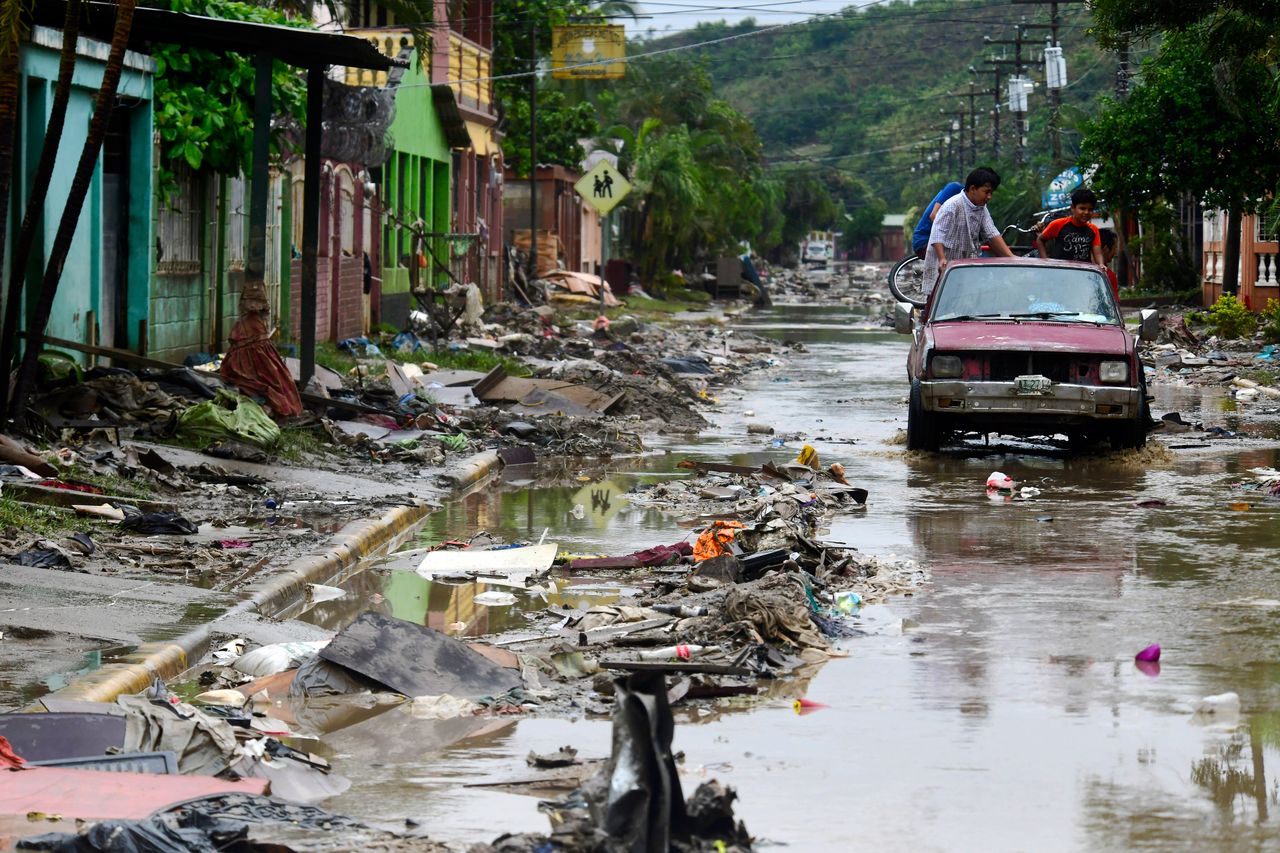
Another phenomenon came to define the season, “two storms that follow each other on exactly the same track,” Stephens explained.
“We’ve had that in central America with Eta and Iota, two massive storms in terms of the impact, one after another, which was quite interesting but also extremely concerning.”
The second of the two, Hurricane Iota, was record-breaking in its own right – the latest known Atlantic hurricane ever to reach Category Five intensity and only the second Atlantic hurricane of that intensity to form as late as November.
Iota eventually hit Nicaragua in mid-November as a Category Four hurricane, the strongest the nation had ever seen in November, weakening relatively quickly after making landfall.
Stephens said: “The forecast models are not very good at forecasting this rapid intensification, which means that we get maybe shorter lead times for weather warnings.
“We’ve seen them intensifying from just a tropical storm to Category Five hurricanes in a day [...] which puts a massive demand on the forecasting model.”
It wasn’t just the Atlantic that saw extreme conditions in 2020. Also in November, super typhoon Goni slammed into the Philippines, setting a new record for the strongest ever landfalling tropical cyclone, according to the Joint Typhoon Warning Centre (JTWC). (The Japan Meteorological Agency, recognised by the World Meteorological Organisation as the official agency for issuing typhoon forecasts in the northwestern Pacific, disputes this record.)
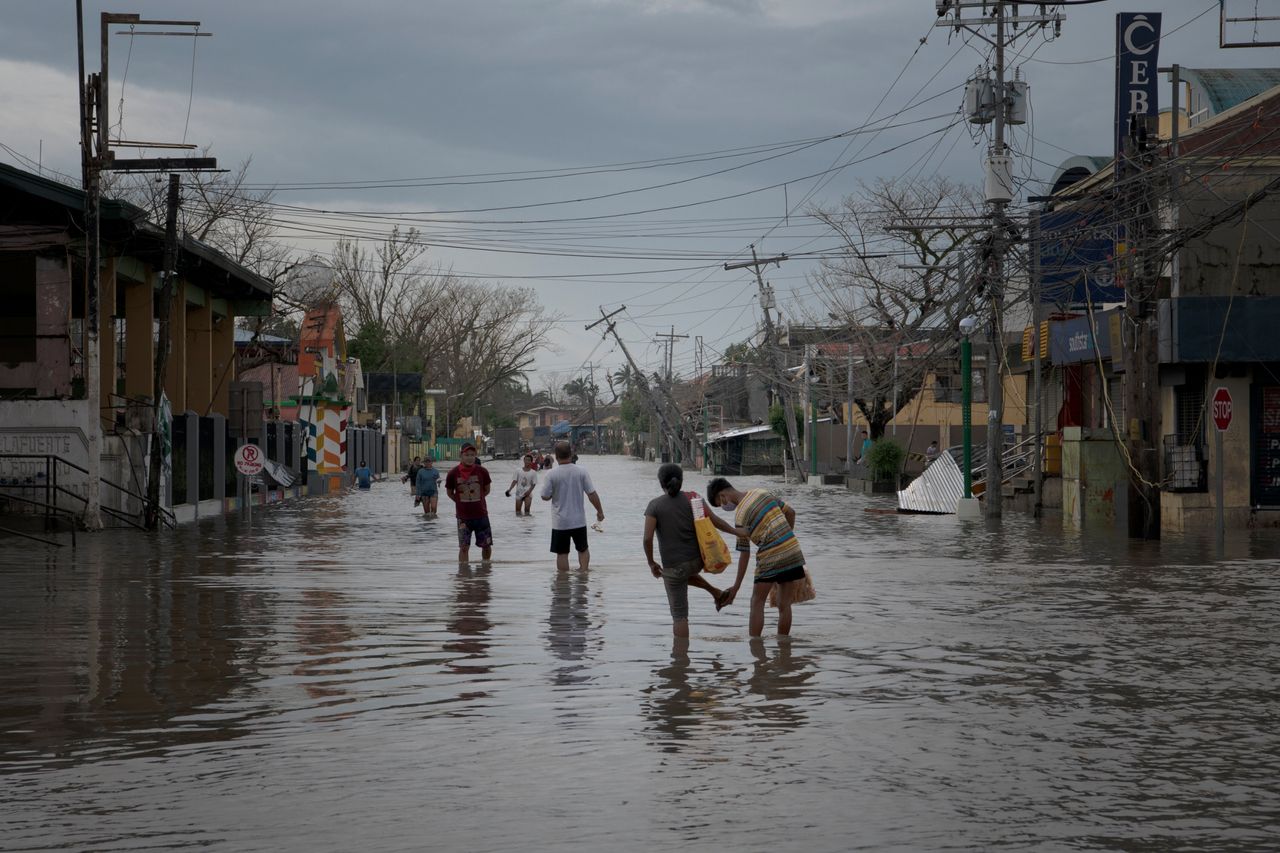
May 2020 saw another record-breaking cyclone, this time hitting both Bangladesh and India. At its height super cyclone Amphan was the strongest storm ever to form in the Bay of Bengal.
More than two million people were evacuated from their homes ahead of the cyclone’s arrival, with Covid-safe measure implemented to try and mitigate the effects of the virus while evacuation procedures were carried out.
Fire
It might feel like a long time ago to those of us who weren’t there, but the Australian bushfires dominated the environmental news agenda in the first weeks of 2020.
Thirty-three people died during the prolonged disaster, with more than 3,000 homes destroyed. As terrifying images of the infernos spread across the world’s media, hundreds of millions of pounds were raised in response – with one fundraiser clocking in at the largest in Facebook’s history.
Australia’s Bureau of Meteorology said as early as January 9: “The extensive and long-lived fires appear to be the largest in scale in the modern record in New South Wales, while the total area burnt appears to be the largest in a single recorded fire season for eastern Australia.”

As well as having a dramatic impact on the environment itself, the bushfires devastated wildlife in affected areas. A July report from the World Wide Fund for Nature (WWF) stated that the fires had killed or harmed three billion animals, describing it as one of the “worst wildlife disasters in modern history”.
According to the AFAC National Resource Sharing Centre, more than 17m hectares were burnt during the bushfires, with more than 80% of the World Heritage listed Greater Blue Mountains Area and 54% of the New South Wales components of the Gondwana Rainforests of Australia World Heritage property affected.
The autumn fires along the west coast of the US also proved record-breaking, with more than four million acres – an area larger than the entire state of Connecticut – destroyed in California alone. This figure is more than double the previous record for most land burnt in one year across the state.
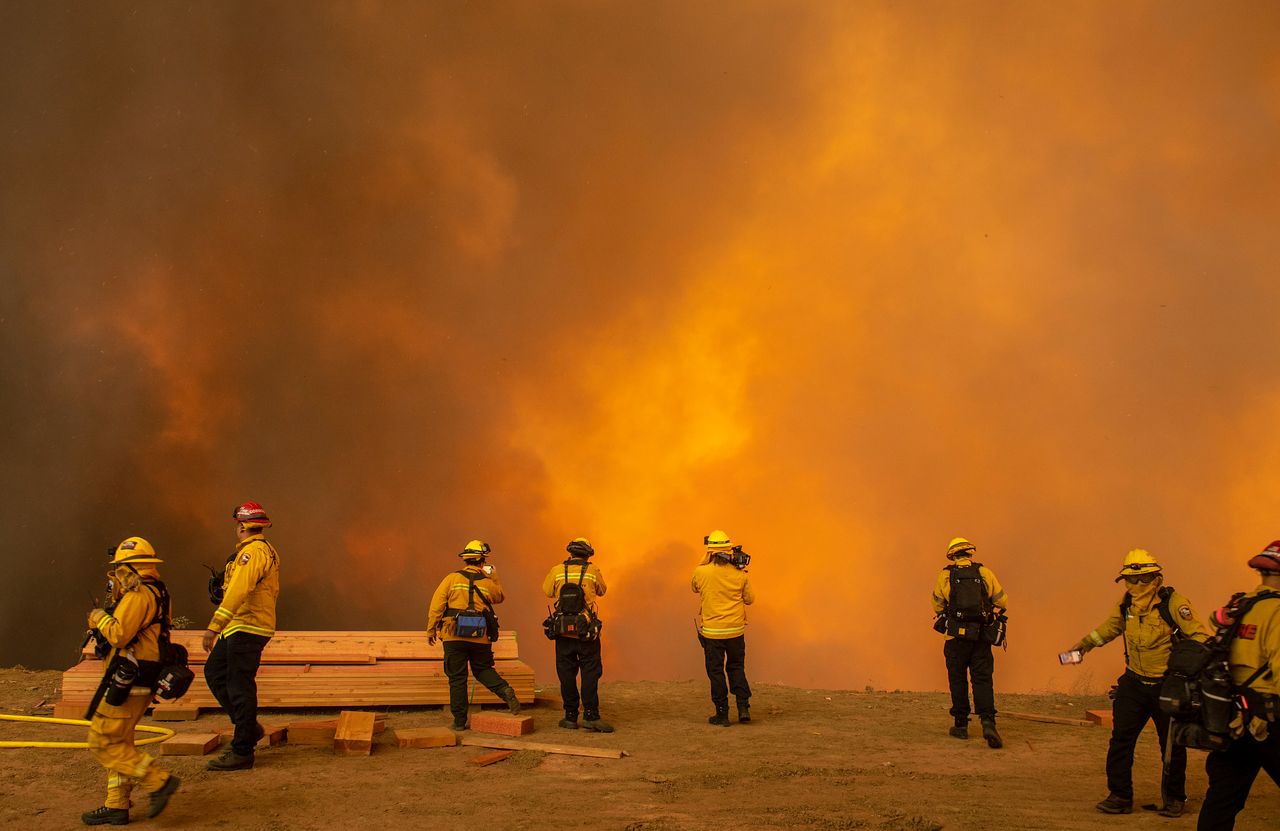
One wildfire, referred to as the August Complex fire in the Mendocino national forest north of San Francisco, was the state’s first ever fire to surpass a million acres.
Before Covid-19, devastating wildfires in Brazil also featured at the top of the news agenda during 2019, accompanied by an outcry over the loss of parts of the incredibly ecologically sensitive Amazon rainforest.
But while it received just a fraction of the press attention, fires in 2020 were even more damaging that those in the previous year. Fires in the Amazon increased 13% in the first nine months of 2020 compared with 2019 and satellites in September recorded 32,017 hotspots in the rainforest, representing a 61% rise from the same month in 2019.
Devastating wildfires have also ravaged a part of the world known best for opposite conditions.
Usually associated with freezing winters, Siberia experienced abnormally high temperatures in 2020 and with it raging wildfires.
Russia’s forest service said in July that there were nearly 300 wildfires blazing across the nation’s northern wilderness, with more than 150 of them left to burn due to their incredibly remote position rendering firefighting efforts incredibly expensive.
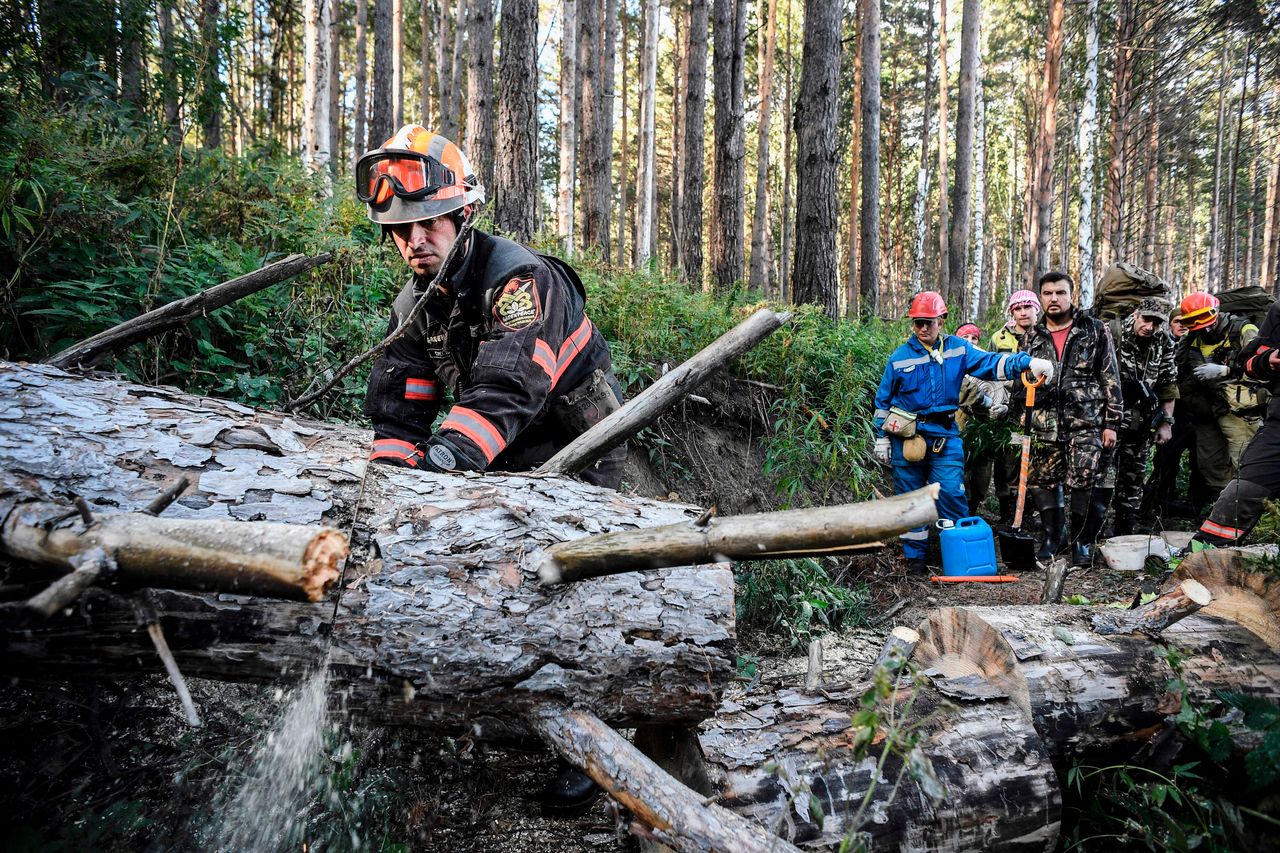
The fires have been fuelled by incredibly high temperatures. In June the small Siberian town of Verkhoyansk, located within the Arctic circle, saw the highest Arctic temperature ever recorded: 38C.
The scale of the fires in Russia hadn’t even been anticipated by advanced forecasting models, Brimicombe said. “What we saw in Siberia this summer, we weren’t forecasting that to happen until mid-century.”
Rain
Beyond the more obvious devastation of the wildfires themselves, the catastrophic events also create what Stephens described as “cascading hazards” – in this case, a change to the structure of the soil that depletes its ability to handle rain.
The phenomenon led to parts of Australia, some of which had been suffering through the worst of the bushfires even as the rain began, experiencing potentially life-threatening flash flooding.
The rain was the heaviest the country had seen in three decades, flooding homes, cutting tens of thousands off from power, and washing away stretches of beach.
Brimicombe said: “We’re going to see many more of them [extreme weather events] occurring one after another or all together and it’s going to be interesting to see how we adapt to that.
“We call them compound hazards, but that’s a new area of research that’s only just opening up and coming to the forefront of people’s minds.
“Before with compound hazards people would only talk about heatwaves and droughts together because they’re considered dry but now people are talking about heatwaves and flooding because you often see flash flooding or thunderstorms after a heatwave.”
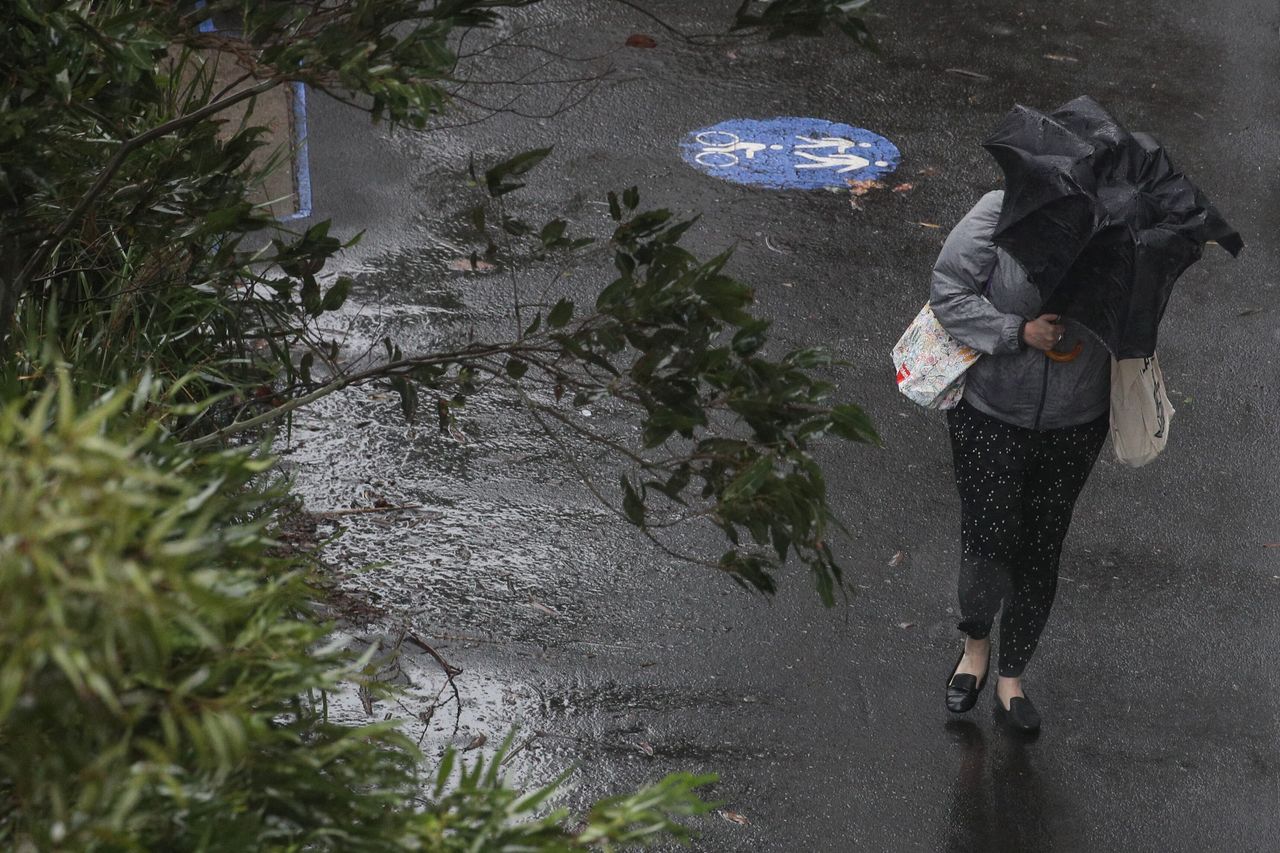
The UK saw its own record-breaking rainfall in 2020, with October 3 becoming the wettest recorded day in the nation’s history. According to the Met Office, enough rain fell in just one day to fill Loch Ness – a total of 7.5 cubic kilometres.
From the end of 2019 to February 2020 the nation was battered by a prolonged stretch of wet weather, with three successive storms – Ciara, Dennis and Jorge – causing severe flooding and killing several people.
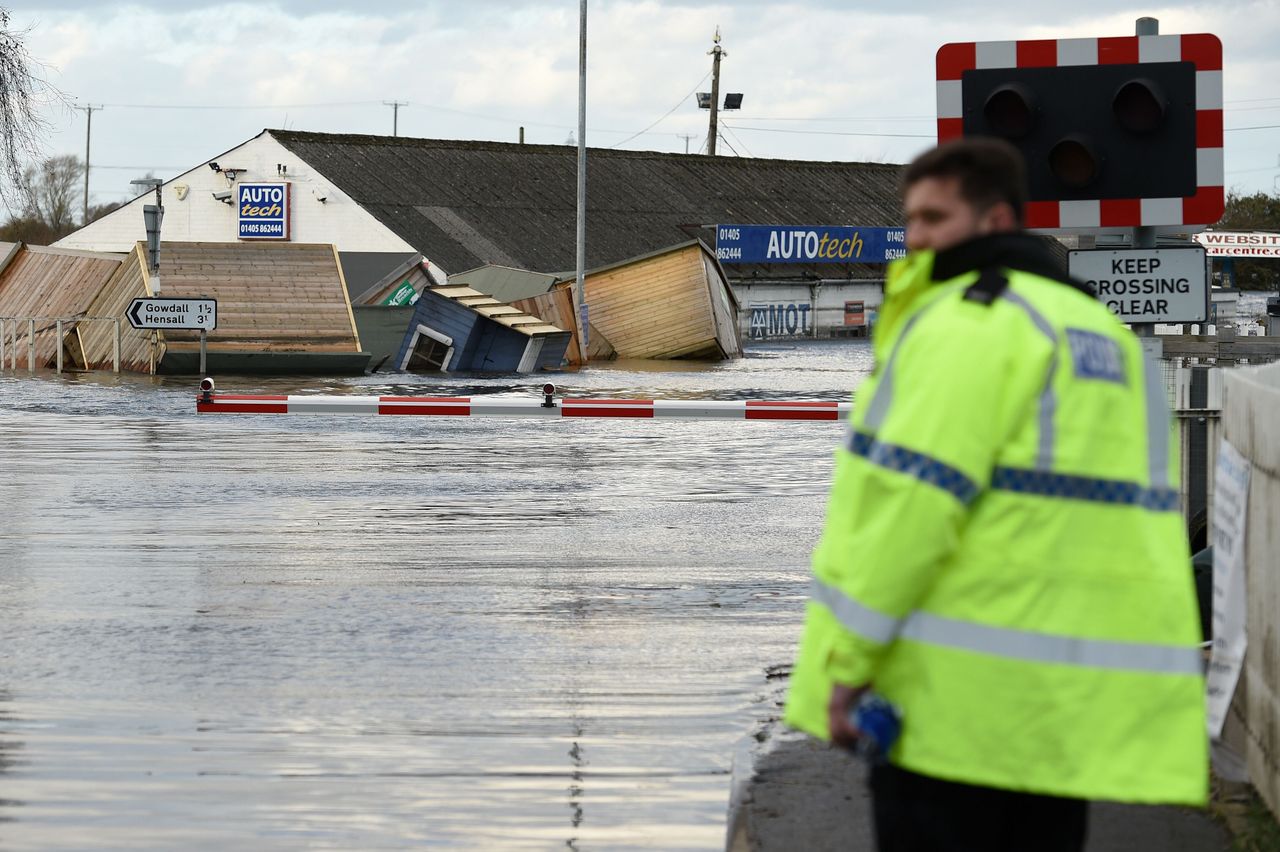
The floods themselves also proved record-breaking, with the largest number of flood warnings and alerts ever put in place at one time by the Environment Agency – 594.
Nine rivers across the country saw record levels, flooding homes, businesses and rendering entire landscapes unrecognisable.
Southern India was also devastated by record rainfall, with 16 people killed in the city of Hyderabad in August – nine when a wall fell and crushed a row of homes.
What next?
Scientists have known for years that climate change will worsen extreme weather events, and experts have long sought ways to mitigate the most devastating impacts – improving forecasting techniques and designing new humanitarian strategies such as evacuation or warning systems to prevent loss of life.
Governments around the world have also spent years establishing their response to global health threats such as Covid-19, but the emergence of the virus has brought the compound pressures of environmental crises and a pandemic into sharp relief.
Whereas once the two may have been thought of as separate entities, 2020 has revealed how closely interwoven they truly are, and how much work needs to be done to ensure two (or more) emergency responses can work alongside each other in the future.
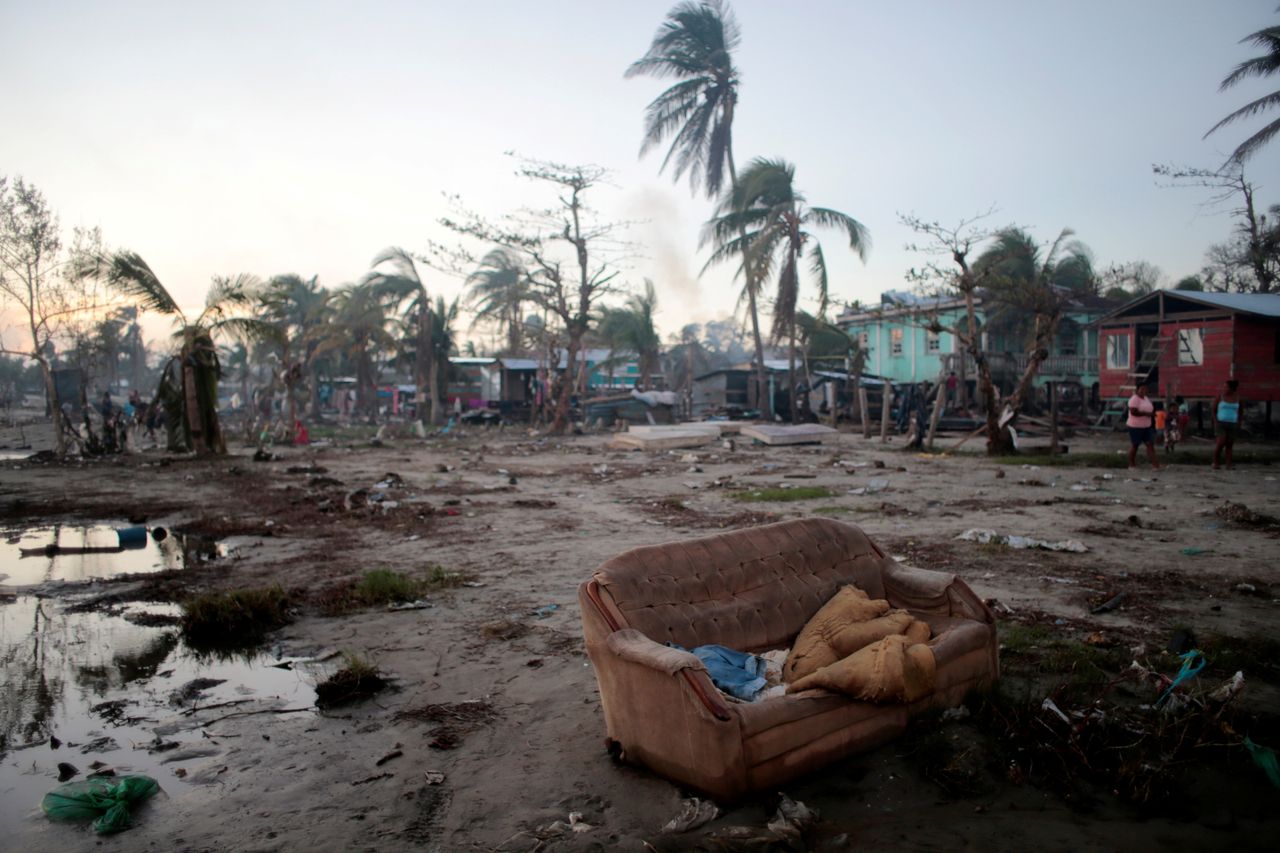
Stephens said: “Evacuation shelters are designed for a certain number of people and then Covid comes along – then suddenly you have to change all that. It changes all sort of preparations, and the two are then interlinked in terms of how we think about resilience.”
Time and again, the scientists and experts leading our monitoring of, and response to, the threats posed by climate change have made it clear that we are not prepared for what’s coming.
But amid the destruction wrought by Covid, the global effort to find a vaccine has provided something of a hopeful model for how climate change could be tackled – if only it were responded to with a similar level of urgency.
Brimicombe said: “We’re not prepared. They [extreme weather events] are impacting humans now. We know with climate change they are increasing and they are going to be incredibly impactful with a bigger risk.
“We need to pull together as a world and have a global front on mitigation but also adaptation measures. But the way that we’ve managed to pull together to find vaccines for Covid, for example, shows that we can do it. That’s quite a hopeful thing.”
